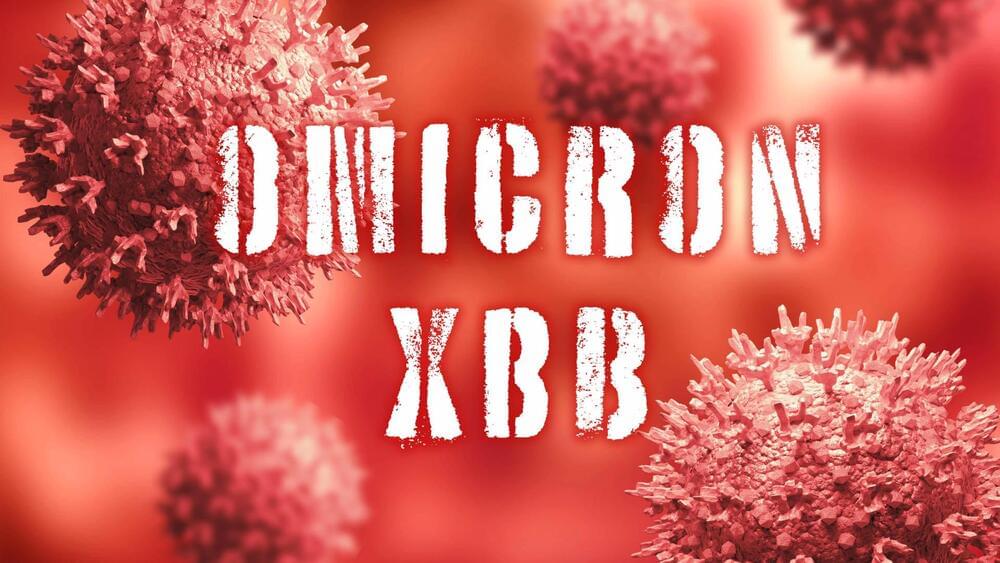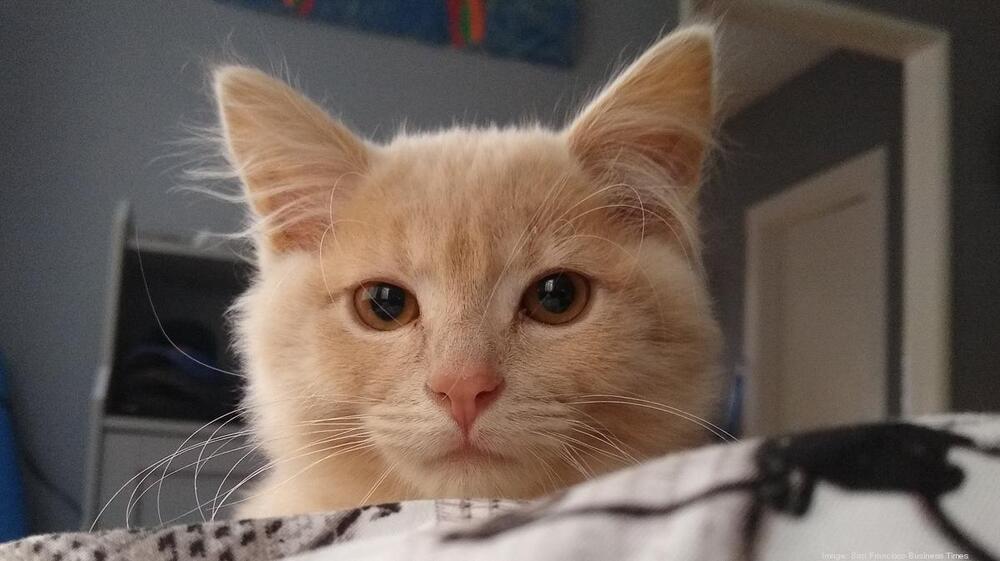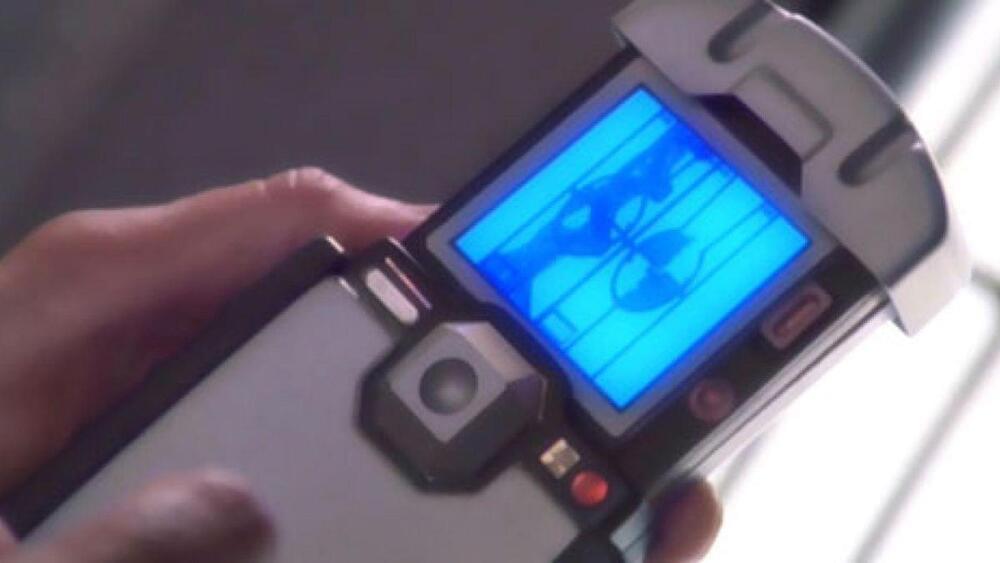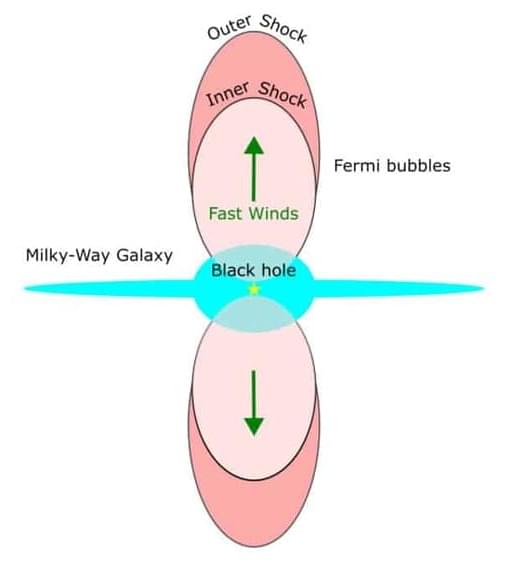A team of researchers from Università di Firenze, the University of South Florida, California Institute of Technology and Princeton University has found an incidence of a quasicrystal formed during an accidental electrical discharge.
In their paper published in Proceedings of the National Academy of Sciences, the group describes their study of a quasicrystal found in a sand dune in Nebraska.
Quasicrystals, as their name suggests, are crystal-like substances. They possess characteristics not found in ordinary crystals, such as a non-repeating arrangement of atoms. To date, quasicrystals have been found embedded in meteorites and in the debris from nuclear blasts. In this new effort, the researchers found one embedded in a sand dune in Sand Hills, Nebraska.







